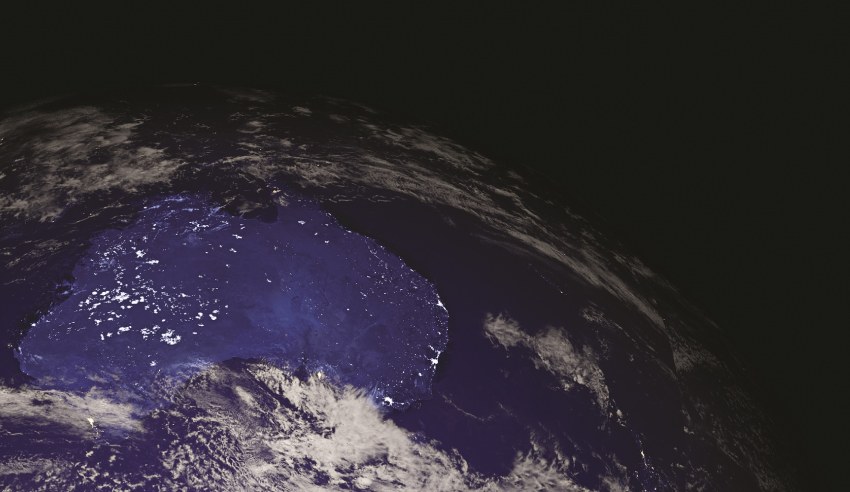The Japan Aerospace Exploration Agency (JAXA) is now in discussions with the Australian government for the safe return of Hayabusa2 to the Woomera Prohibited Area in December 2020.
ASA will co-ordinate the licensing requirements for the landing. The Department of Defence will provide support and access to the area and the Defence Science and Technology Group will conduct co-operative scientific activities with JAXA.
This has been done before.
In June 2010, Hayabusa, JAXA’s first asteroid sample gathering mission, successfully returned to Earth after landing on a small asteroid named Itokawa.
Hayabusa was retrieved from the Woomera Prohibited Area, with the Australian government and JAXA working closely to ensure safe re-entry.
Head of the ASA Dr Megan Clark said the successful return of Hayabusa in 2010 was a great example of achieving shared ambition with international counterparts through partnership.
“This activity again highlights the role Australia can play in the growing space economy. We look forward to working with JAXA, and encouraging entrepreneurship while ensuring our activities are safe, in space, and on Earth,” she said.
To learn more about the solar system’s origin and evolution, JAXA is investigating asteroids and their composition.
Hayabusa2 was launched on from Japan’s Tanegashima Space Center in December 2014, reaching the asteroid Ryugu, a rock a bit under a kilometre in diameter, in June last year after a voyage of three-and-a-half years covering 3.2 billion kilometres.
This mission has many novel features.
The probe spent more than a year orbiting the low gravity asteroid, conducting a range of scientific tasks, even deploying small hopping landers onto the asteroid surface.
However, scientists wanted a clearer idea of the asteroid’s internal composition, as the surface has been weathered through millennia of exposure to space radiation.
To collect internal material, Hayabusa2 fired a two-kilogram copper penetrator at the asteroid surface.
Before and after images released by JAXA in April show the 10-metre crater blasted by the penetrator at a speed around 7,000 km/h.
Hayabusa2 itself briefly touched down twice to collect samples, most recently last month near the crater.
Hayabusa2 will depart Ryugu in December with the return trip expected to take a year.

